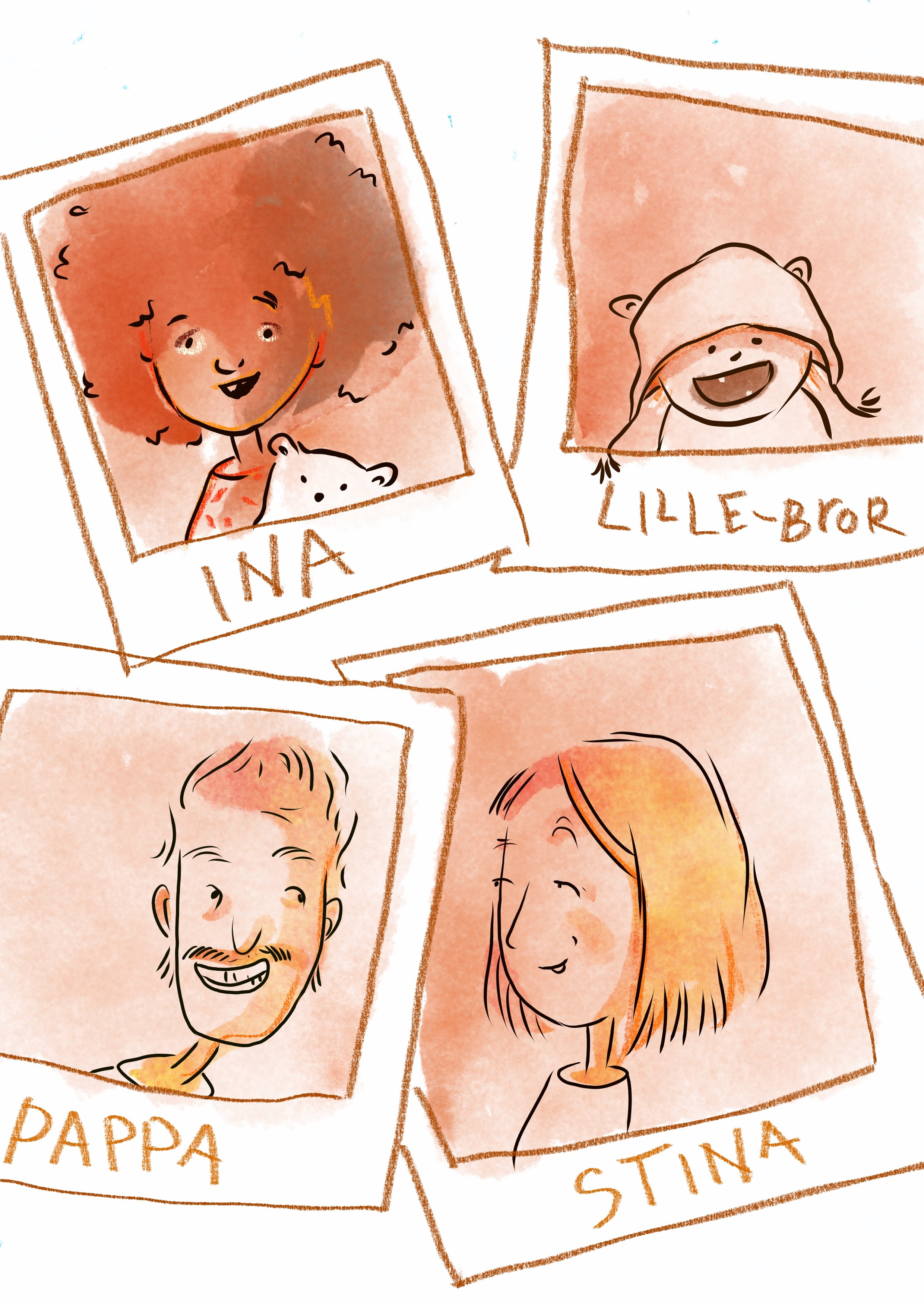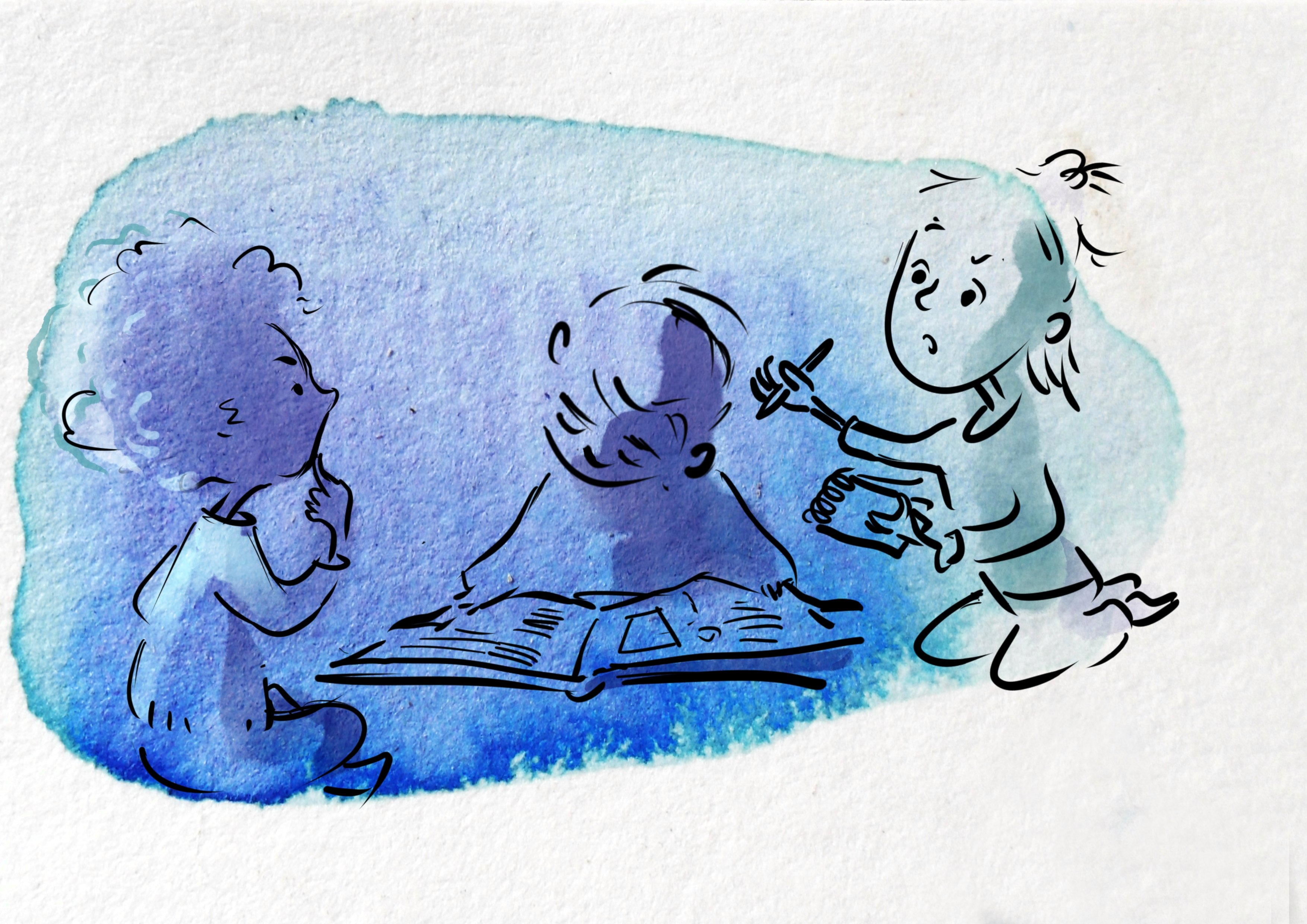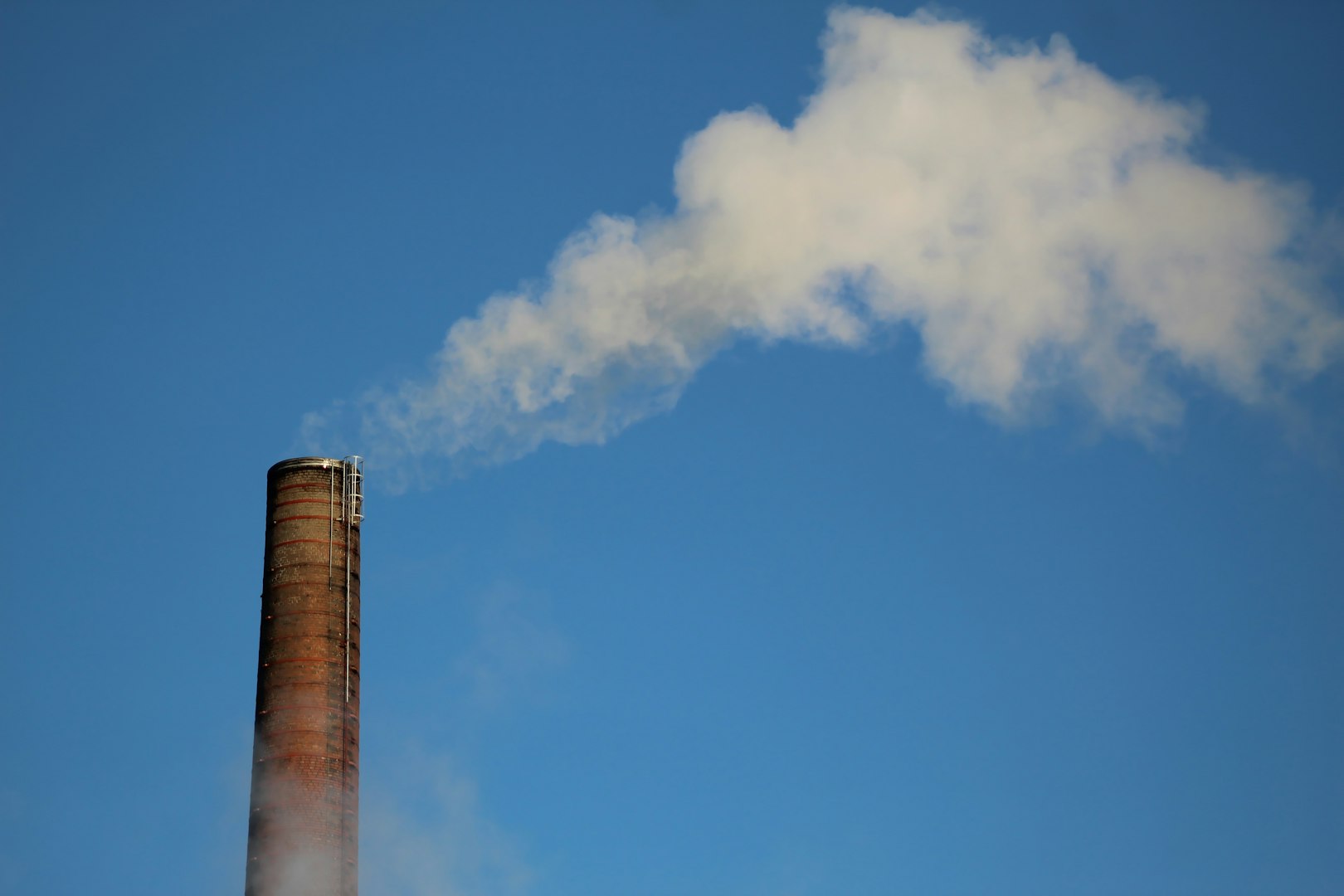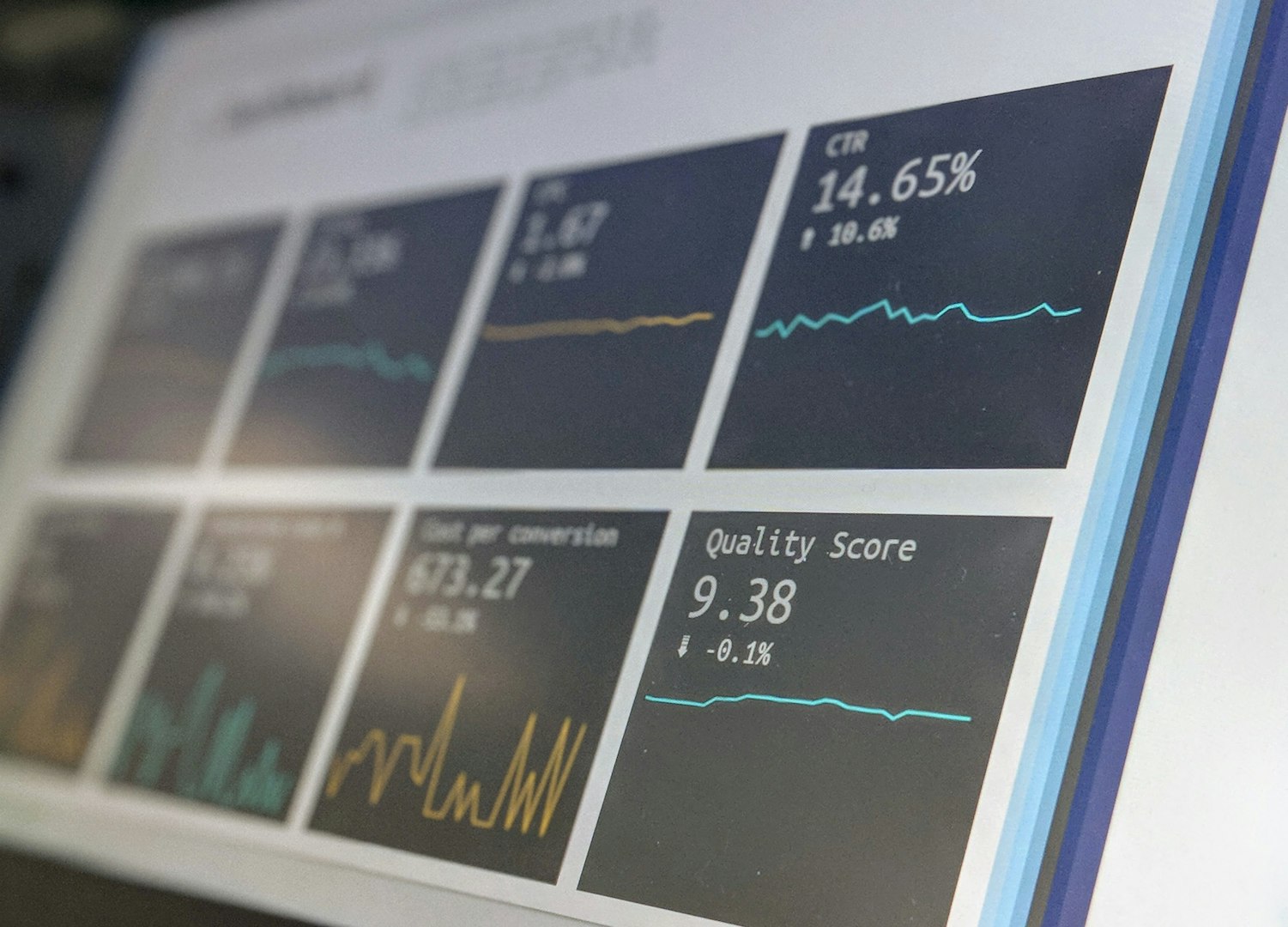
Illustrationer: Nancy Grönholm

In 2023, Johanna Flood had just handed in her resignation letter. No plan. She needed to hear my own mind. The same evening, she had a beer at the kitchen table and wrote a story about a girl and polar bears during a few hours of hyper focus.
100s of versions later, the story is turning into a book about Ina who starts a club to protect the polar bears.
The book is a collaboration with the artist Nancy Grönholm, the graphical designer Malin Ringsby, and the text ninja Jenny Asp.
Like so many others, Ina felt overwhelmed by melting ice and all the dying polar bears and changed that by 1️⃣ Having a vision, 2️⃣ Teaming up with people, and 3️⃣ Changing what she could influence.
You can find more about Ina and the Polar bear club here in Swedish.

Illustrationer: Nancy Grönholm


I interviewed nine professionals in sustainability, both consultants and in-house experts.
From the interviews, three types of factors emerged:
Internal factors - those that the companies could influence themselves, both hindering and supporting.
Value chain factors - the type of factors that the companies could only influence but not fully control, both hindering and supporting.
External factors - those that the company could only influence to a minimum.
Read more about what hindering and supporting factors I found in organizations wanting to reach net-zero here.


